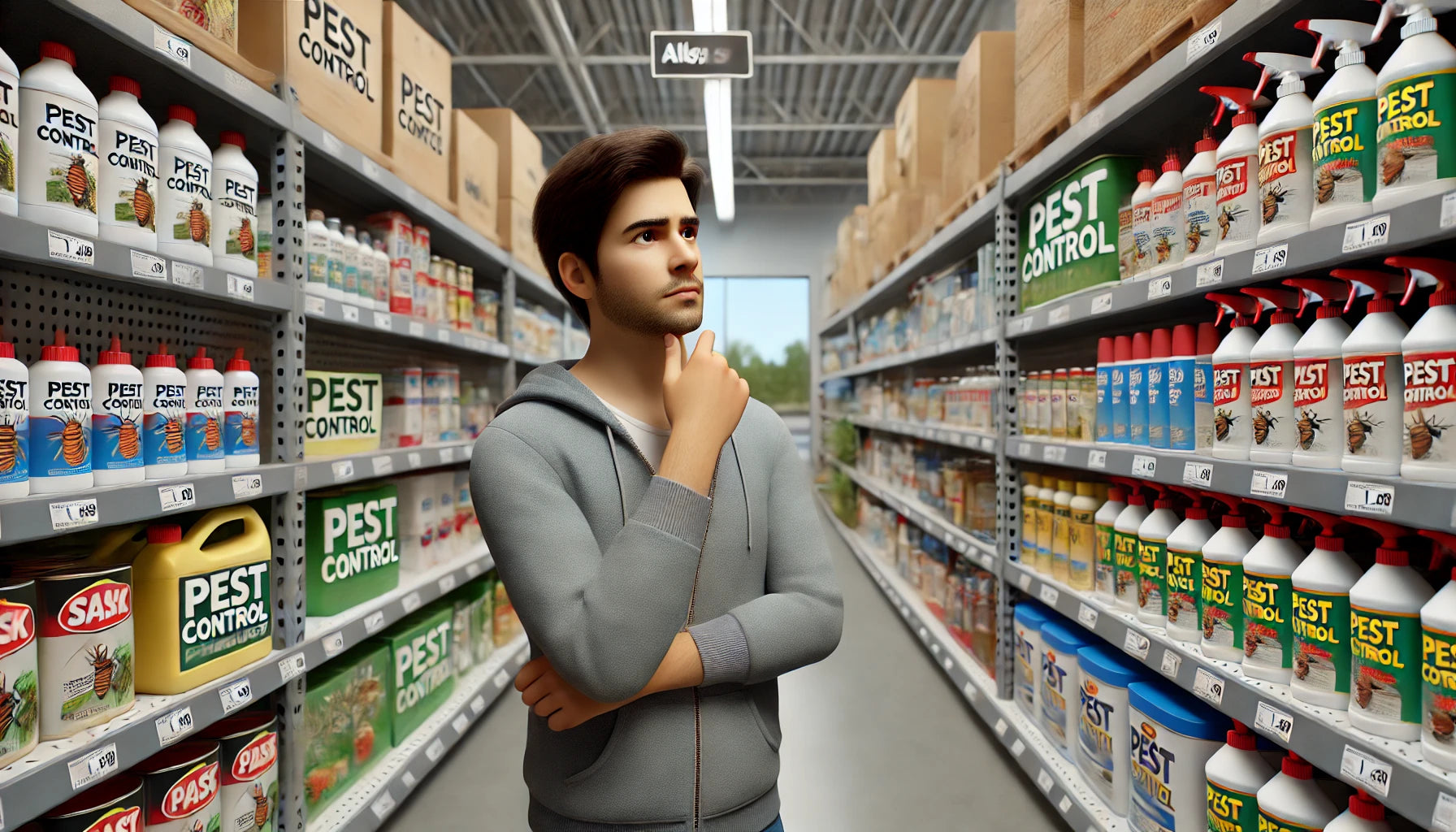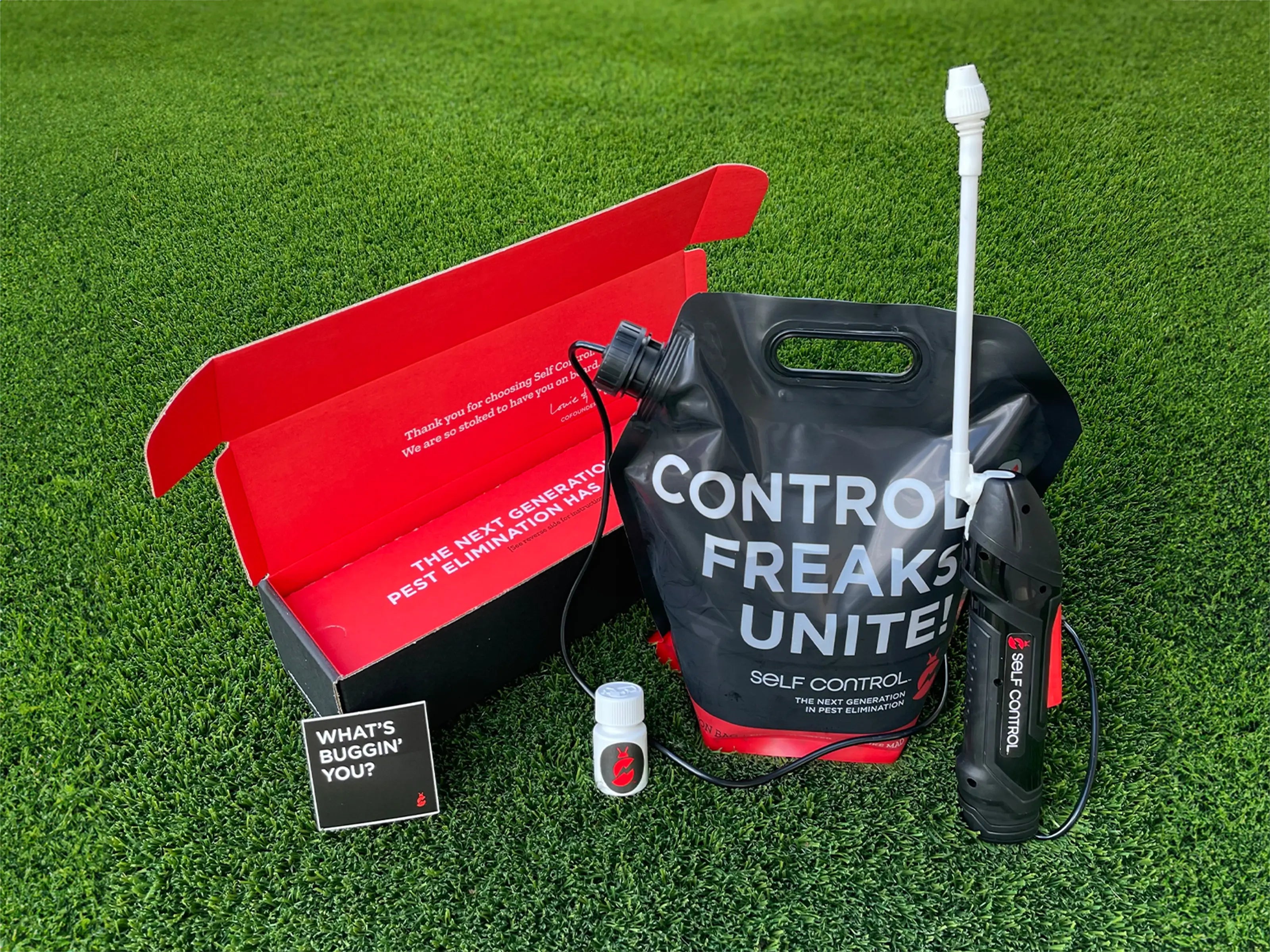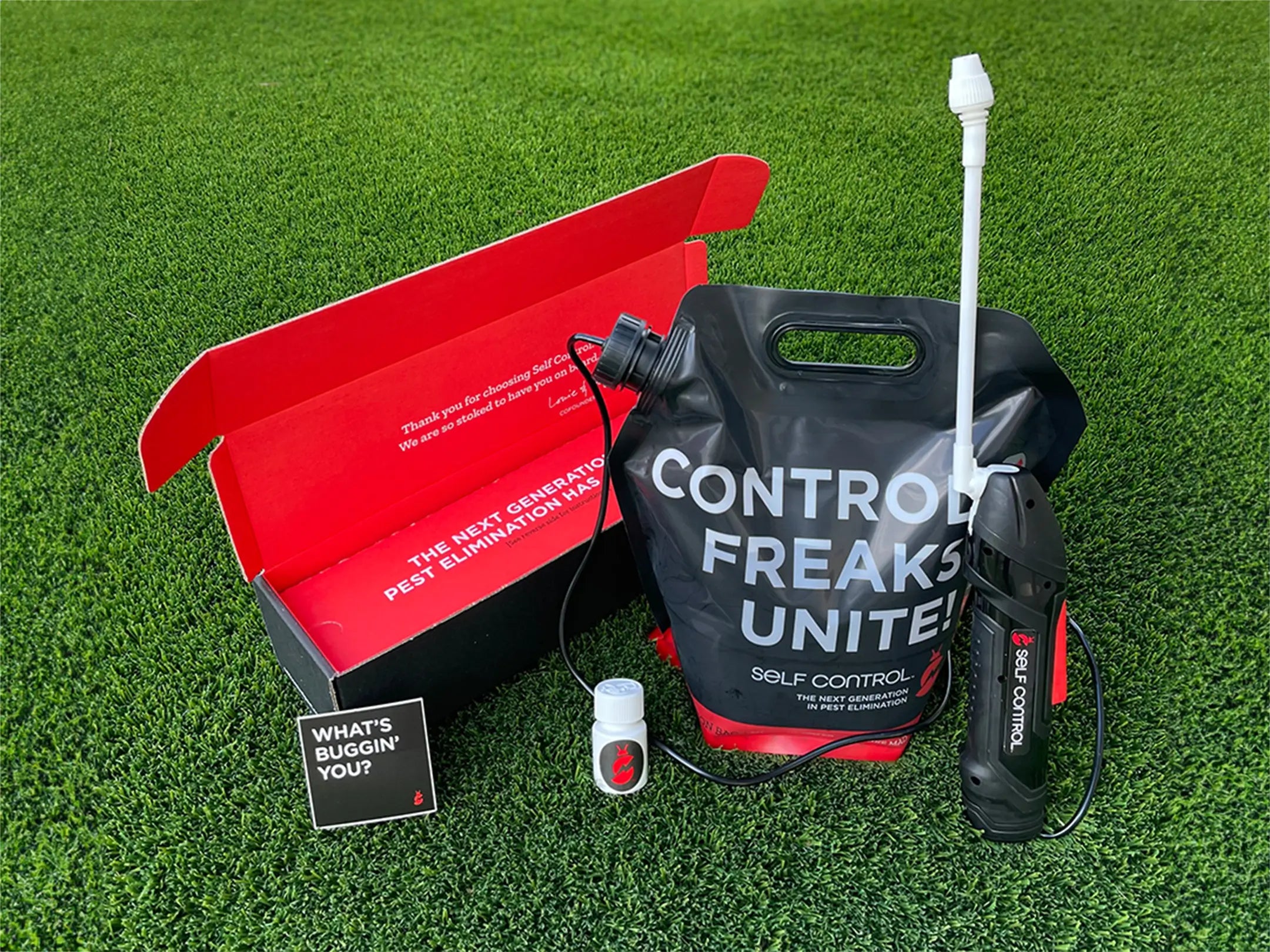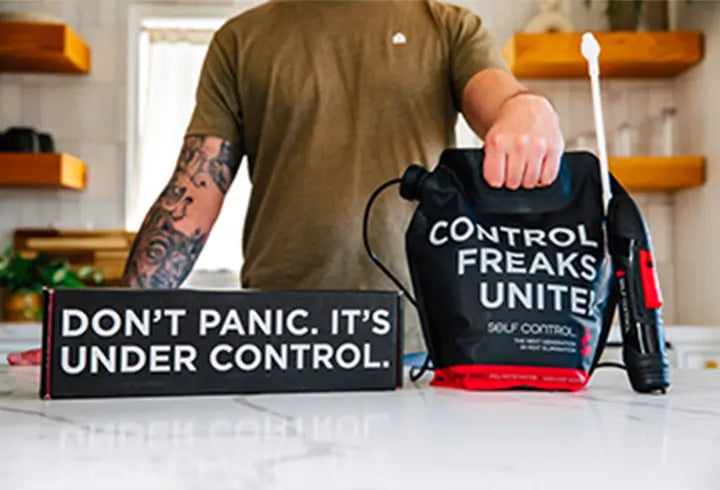
In 2024, homeowners and renters alike face an age-old quandary: is it more economical to tackle pest control personally or to hire professional services? With budgets tight and the desire for safe, pest-free environments stronger than ever, understanding the cost implications of both paths is crucial. This blog delves into the expenses associated with professional and DIY pest control, providing insights to help you make an informed decision.
Professional Pest Control Services: An Overview
The cost of professional pest control services can vary greatly, but depending on the situation, can soar into the thousands. This depends on several factors, including the severity of the pest problem, the type of property in question, and the specific treatment strategies required. Here's a closer look at why these costs can escalate and what homeowners might expect when dealing with extensive pest infestations.
Severity of the Pest Problem
The more severe a pest infestation, the more extensive and labor-intensive the treatment will need to be. For example, a home with a widespread termite problem or a significant bed bug infestation will require a comprehensive approach that goes beyond standard treatments. This might involve multiple visits, specialized equipment, and the use of a variety of treatment methods to fully eradicate the pests. In cases of severe infestation, professionals might also need to employ fumigation—a process that requires residents to vacate the premises for several days and can significantly add to the cost.
Type of Property
The type of property you own can also impact the cost of pest control services. Larger homes or those with complex architectures are more challenging to treat comprehensively, leading to higher costs. Similarly, historic properties may require special care to avoid damaging delicate structures or finishes, necessitating more time-consuming and thus more expensive treatment options. Additionally, properties with extensive outdoor areas may need more extensive perimeter treatments to prevent the re-entry of pests, adding to the overall cost.
Treatment Strategies
Different pests require different treatment strategies, some of which are more costly than others. For instance, termite control can involve soil treatments, wood treatments, bait systems, or a combination of these methods. The chosen strategy often depends on the construction type of the house and the termite species involved. Similarly, rodent infestations might require sealing entry points throughout the home, a process that can be labor-intensive and costly, especially if access is difficult.
Preventative Measures and Repairs
In addition to the immediate costs of eradicating pests, professional services may also identify the need for repairs or modifications to your home to prevent future infestations. This could include fixing water leaks that attract pests, sealing cracks and crevices in the building's exterior, replacing rotted wood, or installing new screens and seals on doors and windows. The cost for these preventative measures can add up, especially if the pest control service outsources this work to third-party contractors.
If you're dealing with a critical pest infestation, professional pest control may be your only option - albeit potentially very expensive. However, if you're looking for a preventive measure, or are dealing with a less extreme infestation, DIY pest control solutions can serve as a cost-friendly way to keep the pests out without breaking the bank.
DIY Pest Control: The Cost-Effective Solution
DIY pest control solutions have surged in popularity, presenting an appealing alternative for homeowners focused on managing pest issues cost-effectively. This approach allows for immediate action against pests and offers significant savings over hiring professional pest control services. By understanding how DIY pest control works and exploring the various types available, individuals can effectively tackle pest problems while minimizing expenses.
How DIY Pest Control Offers Cost Savings
DIY pest control empowers homeowners to directly address pest infestations without resorting to the often hefty fees associated with professional services. This hands-on approach requires identifying the pest problem, selecting the appropriate treatment, and applying it as directed. The key to cost-effectiveness lies in accurately identifying the pest and choosing an efficient, budget-friendly solution that addresses the issue without the need for repeated applications or expensive equipment.
Economical Types of DIY Pest Control
Chemical Treatments
- Pesticides: Opting for over-the-counter sprays, powders, and baits can yield substantial savings compared to the cost of professional applications. Selecting the right product for the specific pest and following safe application guidelines can lead to successful eradication without breaking the bank.
- Natural and Organic Options: For those wary of synthetic chemicals, natural and organic pesticides such as neem oil, diatomaceous earth, and pyrethrin offer effective, low-cost alternatives that are safer for the environment, pets, and families.
Physical Methods
- Traps: Implementing traps is a highly cost-effective strategy for controlling pests like insects and rodents. These traps eliminate the need for recurring professional visits, offering a straightforward and economical solution to pest issues.
- Barriers: Simple physical barriers, including window screens and door sweeps, provide a one-time, affordable investment that prevents pests from entering the home, reducing the need for ongoing chemical treatments.
Cultural Controls
- Sanitation: Regular cleaning and maintenance to eliminate attractants for pests are among the most cost-effective pest control measures. By removing food sources, water, and shelter for pests, homeowners can prevent infestations before they start, at little to no cost.
- Landscaping and Garden Management: Proper garden care, such as mulching and pruning, can prevent pest problems outdoors. Choosing disease-resistant plants and maintaining healthy soil can save money on pesticides and other treatments.
Biological Controls
- Beneficial Organisms: Encouraging beneficial insects or using biological pest control products can manage pests naturally and inexpensively. This method often requires less financial investment over time compared to chemical treatments.
Maximizing Savings with DIY Pest Control
- Accurate Identification: Correctly identifying the pest ensures that money is not wasted on ineffective treatments.
- Safety and Precision: Safely applying treatments according to directions avoids the costs associated with misuse or over-application.
- Environmental Consideration: Selecting environmentally friendly options can prevent costly damage to your garden or home ecosystem.
- Realistic Expectations: Understanding the limits of DIY solutions can prevent unnecessary spending on products for severe infestations that may ultimately require professional intervention.
As you can see, DIY pest control presents a viable, cost-effective strategy for homeowners looking to combat pest issues without incurring the substantial fees of professional services. Through careful selection and application of treatments, it's possible to maintain a pest-free home while achieving significant savings and ensuring safety for your family and the environment. However, choosing a DIY solution that is both effective against pests and cost-efficient is the key to DIY success.
Self Control Pest: The Ultimate DIY Pest Control Solution
Choosing the right DIY solution for pest control can be a daunting task, especially with the plethora of options available on the market. Many homeowners have experienced the frustration of investing in DIY solutions that promise much but deliver little. This is where Self Control Pest distinguishes itself as not just another DIY solution, but rather the best choice for those looking to manage their pest issues effectively. Let's delve into why Self Control Pest stands out as the superior DIY pest control solution.
What is Self Control Pest?
Self Control Pest is both a product and a service. When you subscribe, you receive a bug control kit. The DIY Bug Control Kit is a comprehensive solution designed for homeowners seeking to manage pest control efficiently and effectively on their own terms. Each kit includes a bottle of commercial-grade pesticide concentrate, capable of tackling over 140 different types of pests, a battery-powered applicator spray wand for easy and even application, and a mixing and application bag that simplifies the preparation process. Additionally, customers receive a pair of non-latex gloves for safe handling of the pesticide.
The subscription model adds further convenience, ensuring that you never run out of supplies. After the initial order, subscribers receive periodic shipments that include a new bottle of pesticide concentrate, a mixing and application bag, and gloves. The frequency of these shipments is adjustable, allowing for flexibility based on your specific needs and the seasons. This approach not only provides peace of mind but also ensures that you're always prepared to keep your home pest-free throughout the year.
The Self Control Difference
Tailored Formulations
One of the key differentiators for Self Control Pest is the careful selection and formulation of its pesticides. Unlike generic over-the-counter products that might offer a one-size-fits-all solution, Self Control Pest collaborates with pest control manufacturers and entomologists to select high-quality pesticides that are tested for safety and performance. This ensures that the product you use is not only effective against a broad spectrum of pests but also safe for use around your home, family, and pets.
Comprehensive Coverage
Self Control Pest's DIY kit is designed to combat over 140 different types of pests, as listed in the "Bug Kill List." This extensive coverage ensures that homeowners are prepared to tackle virtually any common household pest, from ants and cockroaches to more challenging adversaries like scorpions and ticks. This broad-spectrum effectiveness is something that many other DIY solutions lack, often requiring the purchase of multiple products to achieve the same level of control.
Environmental Responsibility
In today's world, the environmental impact of pest control solutions is a growing concern for many homeowners. Self Control Pest addresses this concern head-on by offering products that are not only deadly to pests but also safe for use around children, pets, and plants. The DIY kit includes reusable tools, minimizing waste and further reducing the environmental footprint. This commitment to eco-friendliness is a compelling reason for environmentally conscious consumers to choose Self Control Pest over other options that may not prioritize sustainability.
Cost-Effectiveness
When it comes to DIY pest control, cost is a significant factor for many homeowners. Self Control Pest offers a cost-effective solution by eliminating the need for costly professional services and multiple product purchases. The initial investment in a Self Control Pest DIY kit provides everything needed for comprehensive pest management, including a battery-powered applicator spray wand, pesticide concentrate, and protective gloves. This all-in-one approach not only saves money in the short term but also provides ongoing protection against pests without the need for expensive contracts or recurring professional fees.
User-Friendly and Supportive
Ease of use is another critical factor that makes Self Control Pest the best DIY solution. The step-by-step instructions included with the kit are designed for easy understanding, ensuring that users can apply the product effectively without prior pest control experience. Additionally, Self Control Pest offers a 90-day guarantee and customer support to help address any questions or challenges that may arise during use. This level of support is often lacking in other DIY solutions, leaving users to figure out application techniques and troubleshoot issues on their own.
Battery Pressurized Applicator
The Self Control Pest's battery-pressurized applicator sets it apart from other DIY solutions by offering a unique blend of convenience, efficiency, and precision in pest control application. Unlike manual sprayers, which can be tiring and inconsistent, the battery-powered mechanism ensures a steady, even distribution of pesticide across the targeted areas. This not only maximizes the effectiveness of the treatment by ensuring thorough coverage but also minimizes waste and exposure to the pesticide. For homeowners, this means less effort and better results, making it a superior choice for those looking to tackle pest problems with minimal fuss and maximum efficacy. The innovative design of the applicator underlines Self Control Pest's commitment to providing user-friendly, efficient DIY pest control solutions.
Conclusion
Professional pest control services, while effective, can often come with a hefty price tag, especially for severe or recurring infestations, making them a less viable option for those on a tight budget. In contrast, DIY pest control presents a more cost-effective solution, allowing homeowners to tackle pest issues as they arise without the need for expensive, ongoing professional services. Among DIY options, Self Control Pest stands out as the premier choice due to its comprehensive, easy-to-use kit that includes a commercial-grade pesticide concentrate effective against a wide range of pests, a battery-powered applicator for consistent and safe application, and a flexible subscription service that ensures you always have what you need on hand. This combination of effectiveness, ease of use, and cost savings positions Self Control Pest as the optimal solution for homeowners looking to manage pest control themselves, offering both immediate and long-term benefits.



Comments (0)
Back to Critter Chronicles